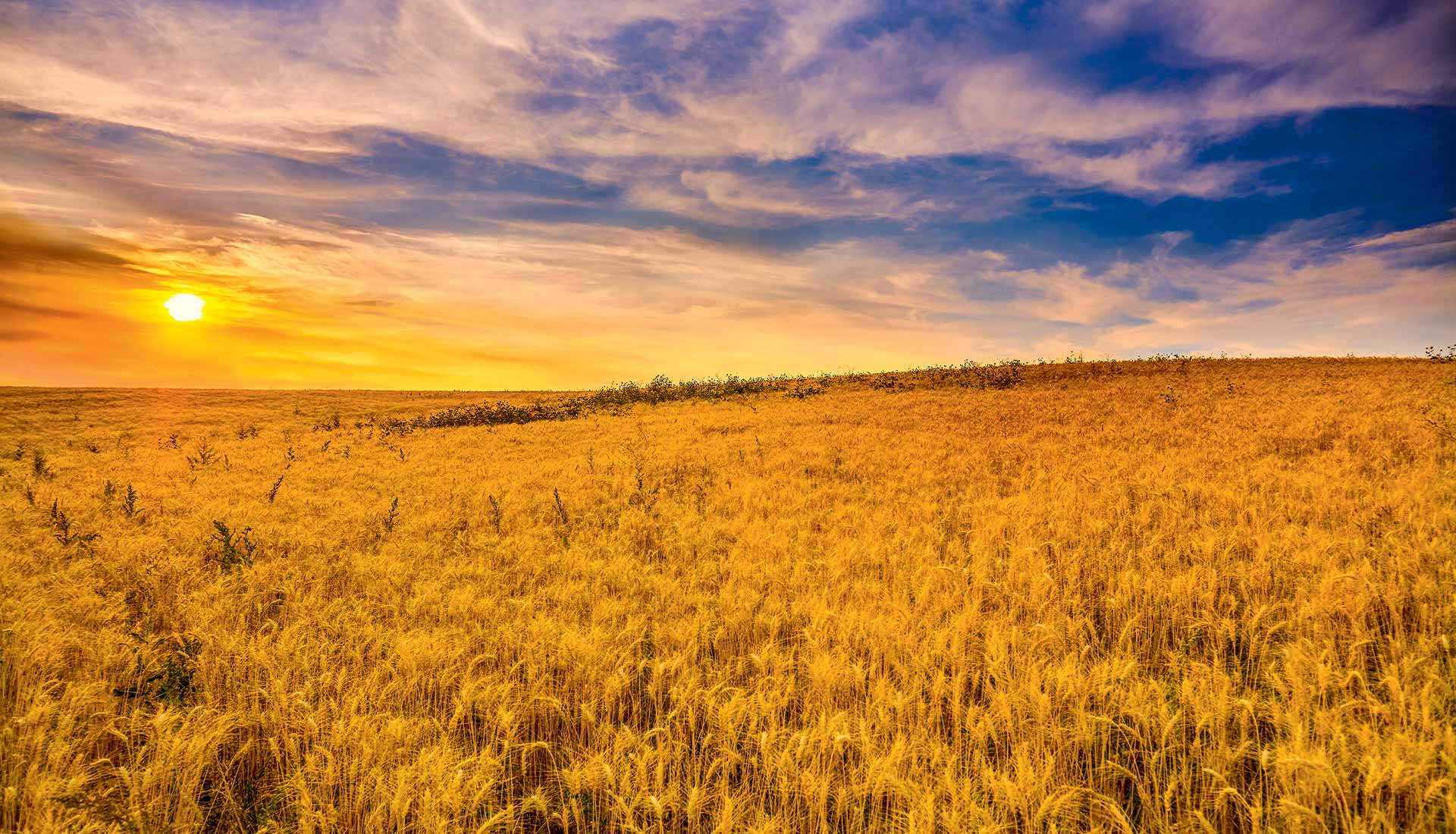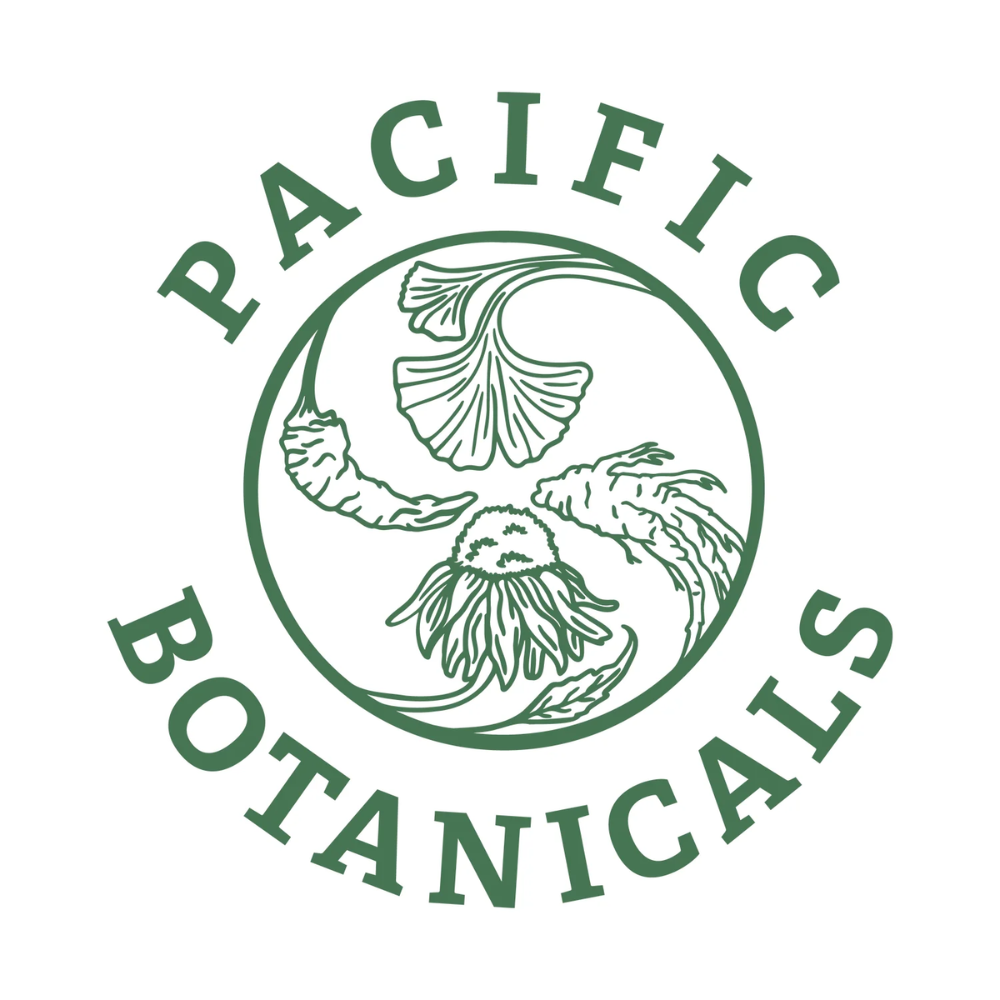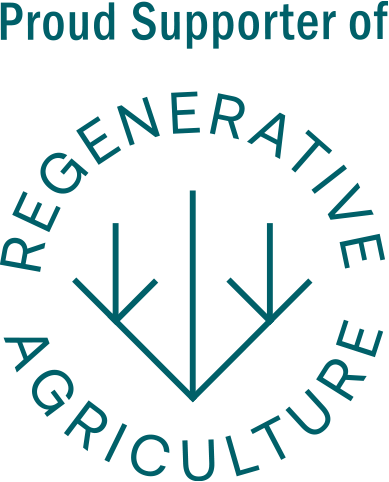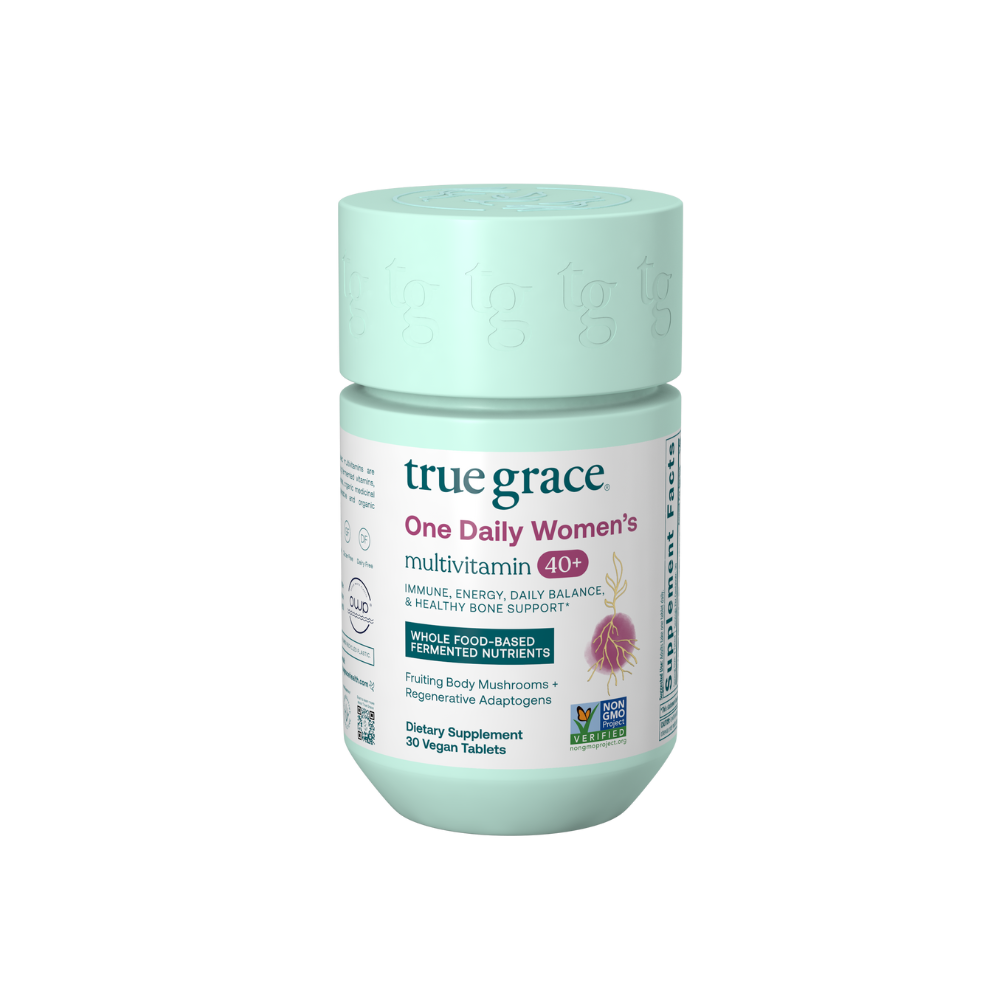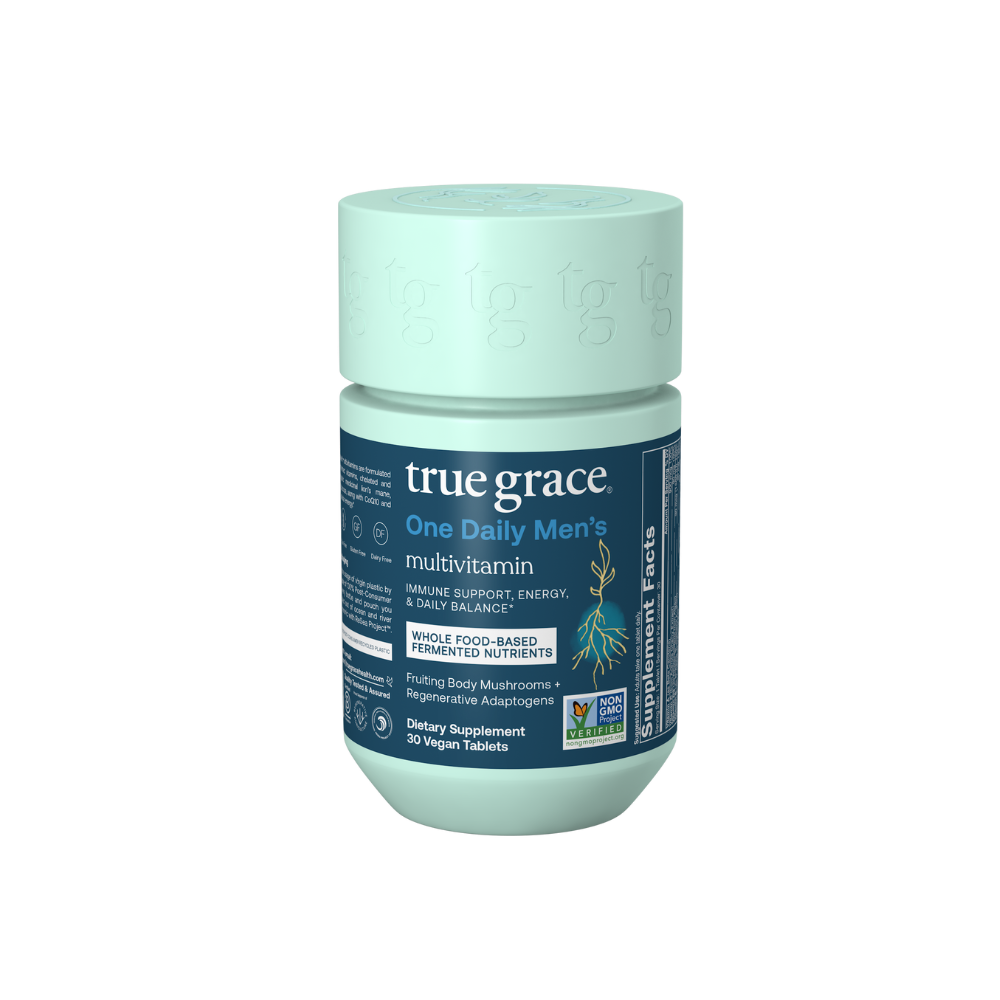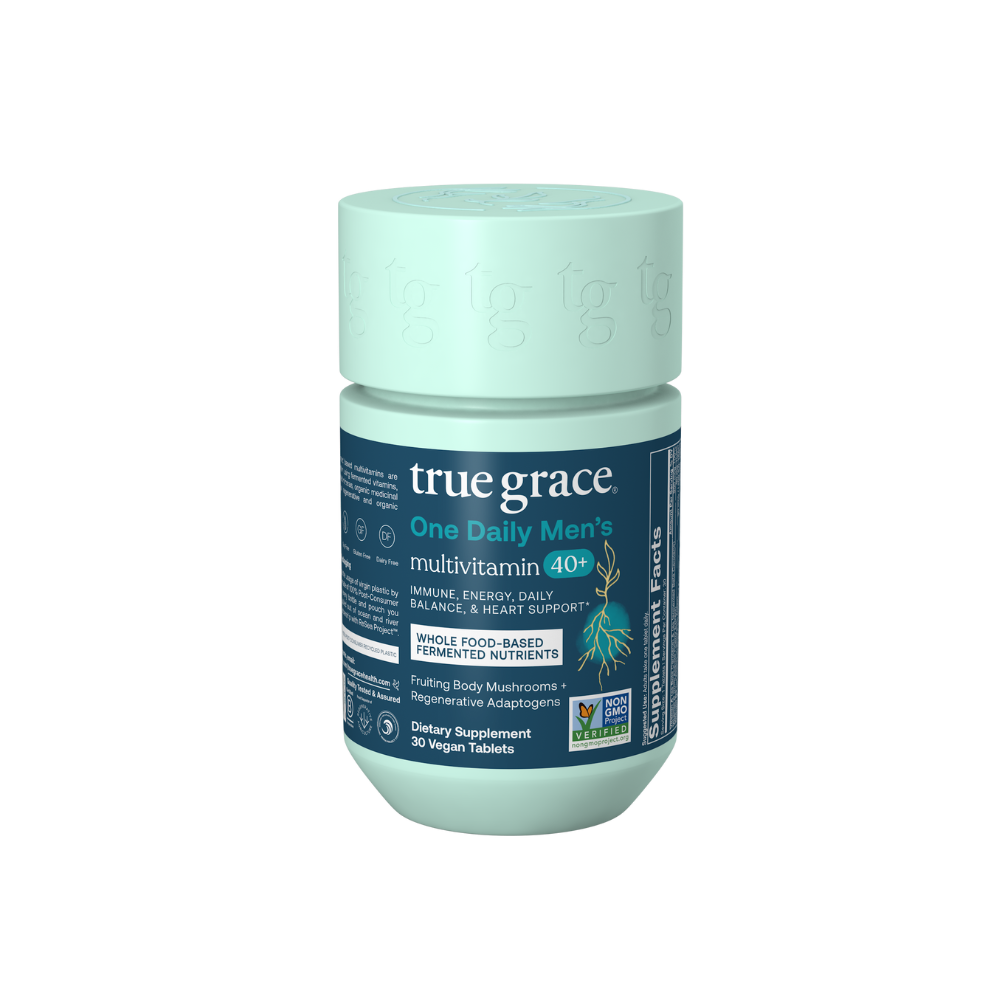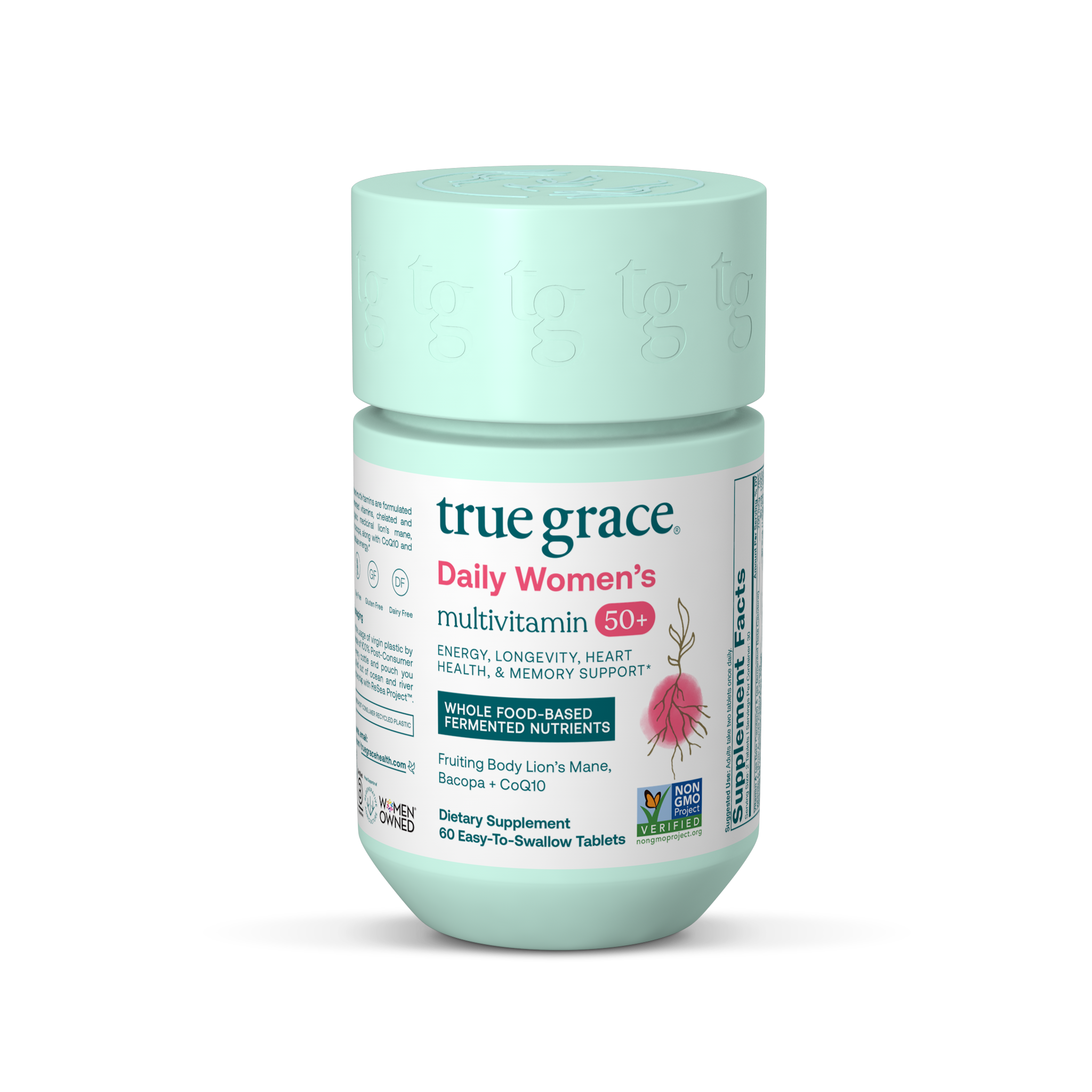Soil is hope.
Soil isn’t just the black stuff that food happens to grow out of. It’s the foundation of food’s nutrients. It’s the basis of entire ecosystems. It even keeps climate-changing carbon safely underground instead of in our atmosphere. Soil can restore the health of people and planet.
But soil needs our help.
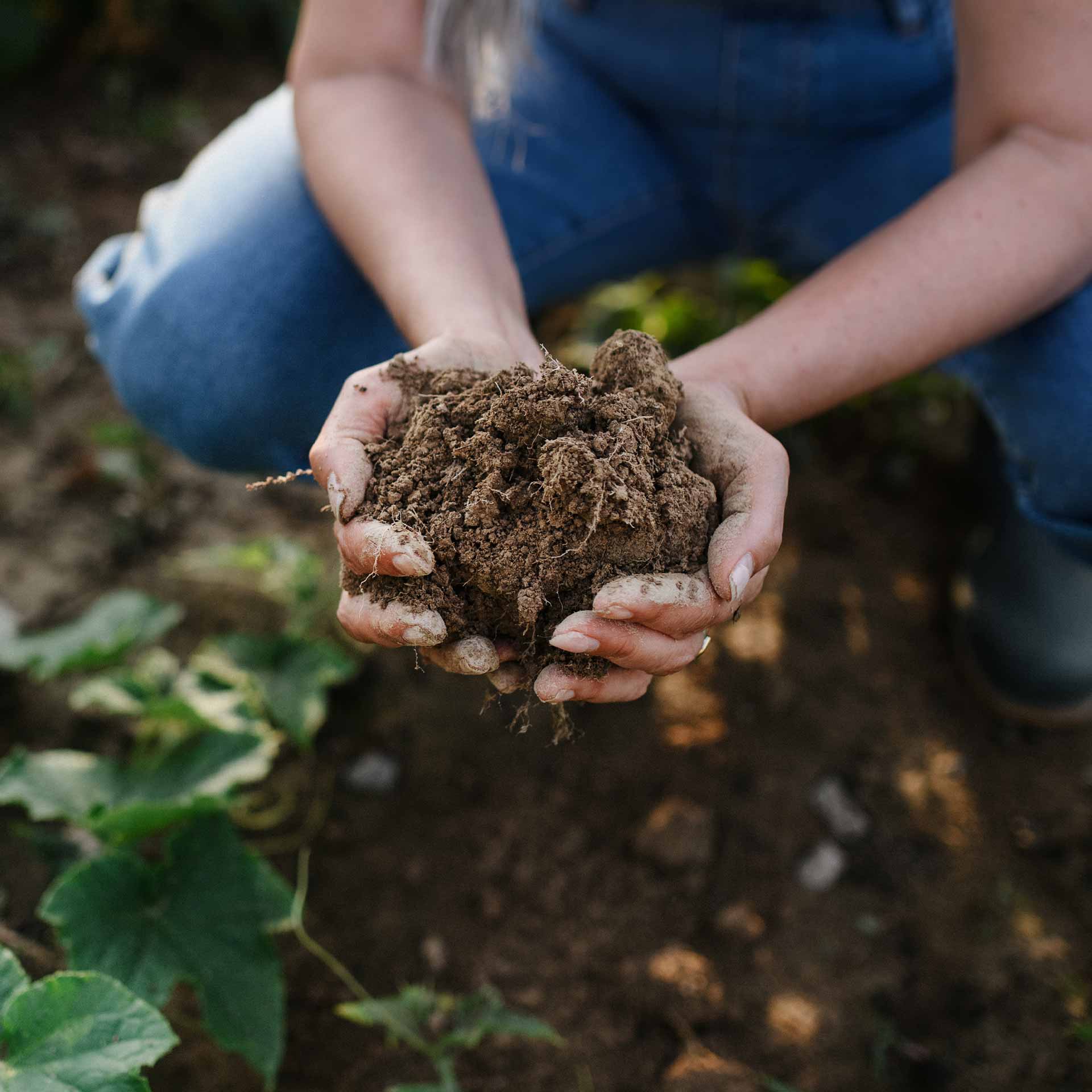
Soil is threatened.
Worldwide, approximately 50 percent of soil is degraded. Degraded soil grows depleted food: Food grown today is about 40 percent less nutrient dense than it was 50 years ago.
Our soil is also disappearing. We have fewer than 60 harvests left if we do nothing.
But we can do something. We can change how we farm.
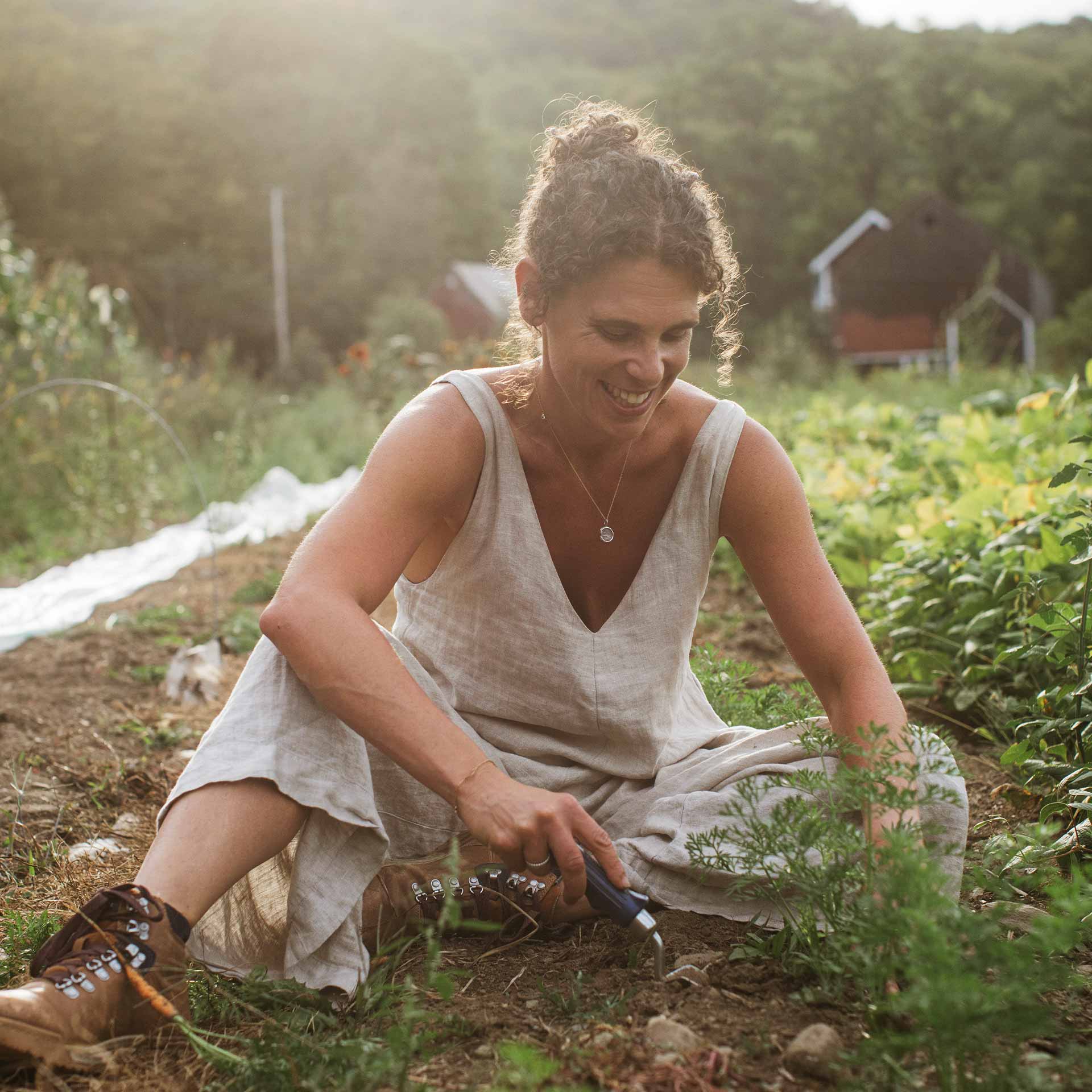
Regenerative agriculture can save our soil.
Regenerative agriculture is a different way to farm.
Regenerative agriculture strives to leave soil as covered and undisturbed as possible.
A variety of crops are grown in rotation, which provides the essential nutrients to support a healthy soil microbiome.
Farming like this doesn’t just put the brakes on soil degradation. It actually creates carbon-rich soil and sustains life on this planet. This is regeneration.
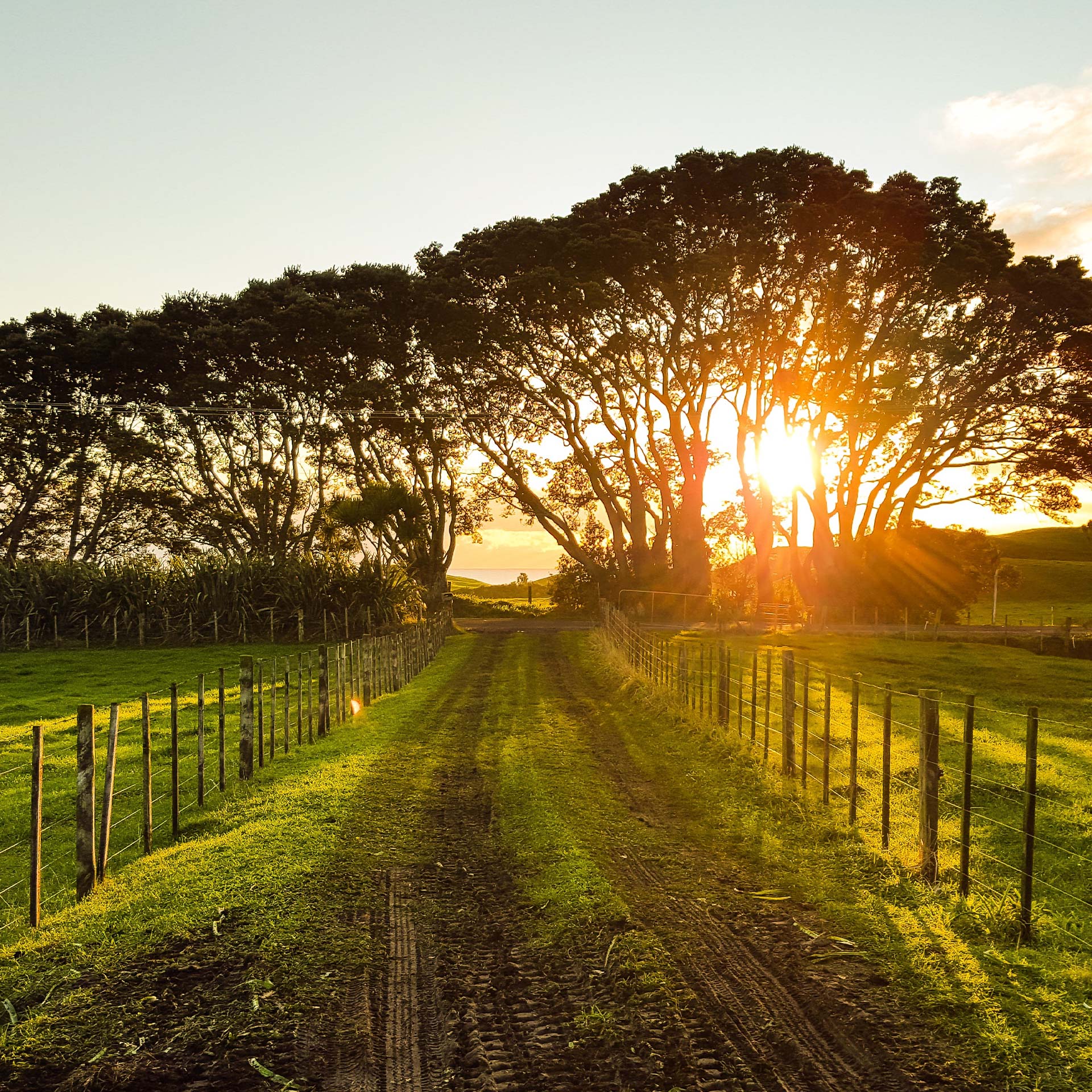
Why? Because modern farming:
• Repeatedly tears up the soil’s surface, releasing climate-changing carbon into the atmosphere and destroying the soil’s structure.
• Relies heavily on the use of harmful herbicides, pesticides, and synthetic fertilizers. Those chemicals kill beneficial organisms in the soil and disrupt the soil’s microbiome.
• Grows the same crops over and over in the same fields, draining the soil’s vitality and plants’ resistance to disease.
• Leaves fields bare and unprotected between crops, causing precious soil to disappear.

What happens next is up to you.
Regenerative agriculture can only restore our soil, our health, and our planet if people like you join the movement. You can help by:
Asking questions.
Ask your local grocer to stock products and produce from regenerative farms.
Getting involved with nonprofits.
Check out organizations like Green America, The Carbon Underground, Kiss the Ground, and Rodale Institute. They’re championing regenerative agriculture and moving the conversation forward.
Voting with your dollar.
Purchase products from companies that actively support regenerative agriculture. At True Grace, for example, we use regeneratively grown ingredients wherever possible, and we work directly with nonprofits like the ones above.
“I never thought my life would be focused on improving people’s health through improving the planet’s soil. But when I first learned about regenerative agriculture, I knew my role as a business leader would never be the same. Since that moment, I’ve worked tirelessly to transition businesses to support regenerative agriculture. With True Grace, I get to help build this kind of business from the “soil” up and show the world it can be done right from day one.”
Shop Multivitamins

